This fail-proof pie crust recipe was my English grandmother’s, which she brought to Canada when she immigrated just after the Second World War. It evokes all the nostalgia for me, and so it’s my go-to recipe.
Table of Contents[Hide][Show]
- The therapeutic effects of pie-making
- Ingredients for this easy double pie crust recipe
- How to make a pie crust recipe from scratch
- Can you freeze pie dough?
- How long can you freeze pie dough for?
- What can I make with this pie pastry recipe?
- Why does my pie crust tear when I roll it out?
- A pie crust recipe without shortening or butter
- Is lard or butter better for a pie crust?
- Why do you use vinegar in pie pastry?
- How do you shape the edge of a pie crust?
- Leftover roast lamb & rosemary pie
- Easy Double Pie Crust Recipe
- Pin this recipe for later
- Other recipes you might like
The therapeutic effects of pie-making
Making pie is almost like a form of meditation for me. There’s something intensely relaxing and satisfying about turning a few simple ingredients into a soft, malleable dough and then turning that dough into a dish that ticks off all those crispy, carby, flakey boxes.
First, the act of rubbing the fat into the flour – it’s not something you can rush. You need to take your time with it, rubbing each little square of lard into the dry ingredients until they resemble coarse breadcrumbs.
Then, the kneading. At first, it doesn’t look like much; it’s just a pile of breadcrumb-like clumps, but after a few minutes of working the dough with your hands, it turns into a soft, smooth ball of pie dough—a potential encasement for an infinite number of fillings—whatever takes your fancy.
After that, after it’s chilled and ready to roll out and you’ve made your pie filling, the act of rolling and assembling the pie – it’s incredibly relaxing.
Ingredients for this easy double pie crust recipe
- 750 grams plain flour
- 450 grams lard
- 25 grams dark brown sugar
- 1/2 tsp bicarbonate of soda
- 1/4 tsp salt
- 25 ml vinegar
- 1 egg, lightly beaten
- ice-cold water
How to make a pie crust recipe from scratch
- Mix the flour, baking soda, salt and brown sugar together in a large bowl.
- Add the lard, cut into small cubes.
- Rub the lard into the flour mixture with your fingers until it resembles coarse breadcrumbs.
- Mix the egg and vinegar in a measuring jug, and top up to 250 ml with ice-cold water.
- Add the wet ingredients to the dry, stir and turn out onto a floured surface.
- Knead gently until a soft, pliable dough forms. Divided into two, wrap in clingfilm and chill or freeze until needed.
Can you freeze pie dough?
Yes! Simply wrap your flattened ball of pie dough in a freezer bag or double layer of clingfilm and pop into the freezer for up to three months. Defrost overnight in the fridge and roll it out as usual to make your pie.
How long can you freeze pie dough for?
You can freeze pie dough for up to three months.
What can I make with this pie pastry recipe?
This recipe is good for both sweet and savoury pie fillings, but if you want to make a sweeter crust for a dessert, simply sprinkle the top with some demerara sugar after you’ve brushed it with the egg wash before baking.
Why does my pie crust tear when I roll it out?
Your pie crust may be too dry (ie: you added too much flour). Try adding a little bit more water and kneading the dough again gently.
You shouldn’t have a tearing problem with this recipe as the lard content keeps the dough soft and pliable.
A pie crust recipe without shortening or butter
This recipe uses lard as the fat, instead of shortening or butter. If you don’t want to use lard, shortening is a good substitute, but the pastry won’t taste as nice.
Truth be told, this pie crust recipe and baked potatoes are the only two recipes I use lard in with my cooking.
Is lard or butter better for a pie crust?
Lard has 20% less saturated fat compared to butter, and it has a higher melting point which means it doesn’t soften as quickly when you handle it.
When the pie crust is baking, the little pockets of fat melt away leaving tiny air pockets that expand because of the steam created when cooking. When lard is the fat used, the resulting pastry turns into an extremely crisp, flaky crust.
Why do you use vinegar in pie pastry?
Vinegar helps prevent the formation of gluten (a group of proteins that act as a glue, giving bread its elasticity) in the pie pastry dough which results in a flakier pastry.
How do you shape the edge of a pie crust?
I use my fingers to seal the top and bottom pie crusts together, the way my mother taught me. First, I dip a finger in cold water and wet the bottom crust slightly to stick the two layers together. Using my thumb and first fingers, I press the two layers together to form small peaks along the edge of the pie crust.
Leftover roast lamb & rosemary pie
My favourite way to use this pie pastry recipe is in a leftover roast lamb or beef pie, the way my mother used to make it. Well, truthfully, she used my grandmother’s meat grinder to grind cold Sunday roast into fine bits along with a carrot, onion and leftover gravy (always Bisto), but here’s my leftover roast lamb and rosemary pie recipe, if it interests you.
Recipe Difficulty Levels
Easy
Requires basic cooking skills and ingredients you most likely already have in your kitchen.
Moderate
Requires more experience, preparation and/or cooking time. You may have to source special ingredients.
Challenging
Recipes requiring more advanced skills and experience and maybe some special equipment.
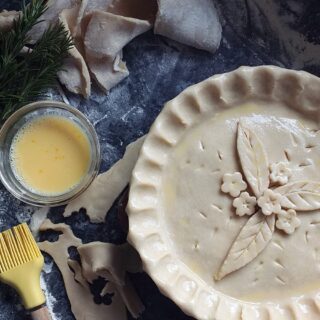
Easy Double Pie Crust Recipe
Ingredients
- 750 grams plain flour
- 25 grams brown sugar
- 1/2 tsp bicarbonate of soda
- 1/4 tsp Shetland sea salt
- 450 grams lard
- 1 free-range egg
- 25 ml distilled white vinegar
- ice-cold water to make 250 ml
Affiliate Links
This recipe card may contain affiliate ingredient and equipment links. As an Amazon Associate I earn from qualifying purchases.
Equipment
Instructions
- Mix 750 grams plain flour 1/2 tsp bicarbonate of soda, 1/4 tsp Shetland sea salt and 25 grams brown sugar together in a large bowl.
- Rub in 450 grams lard with your fingertips until it resembles coarse breadcrumbs.
- Beat 1 free-range egg, lightly, in a measuring jug and add 25 ml distilled white vinegar.
- Top up with enough ice-cold water to measure 250 ml.
- Pour the wet ingredients into the dry and mix well.
- Turn the dough out onto a floured surface.
- Knead until a soft, pliable dough forms.
- Divide the dough into two discs and wrap in cling film.
- Chill or freeze until needed.
Video
Nutrition
Listen to an audiobook while you cook!
Amazon is offering 3 months of Audible for only 99p. Alternatively, sign up for a free 30-day trial of Amazon Music Unlimited. Offer ends 1 May 2024.
Pin this recipe for later
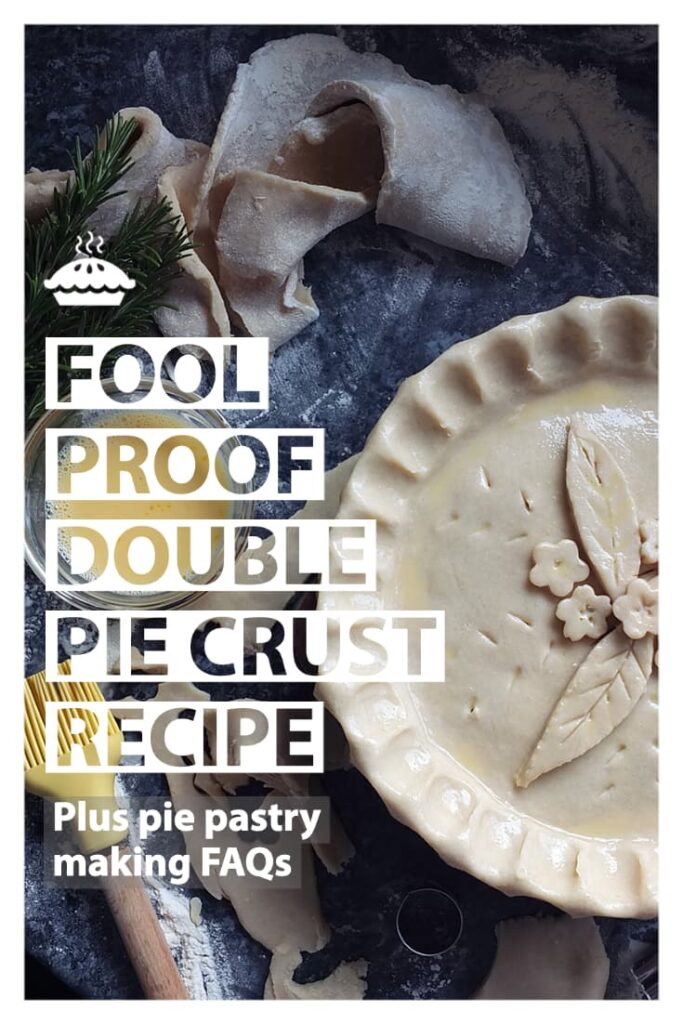
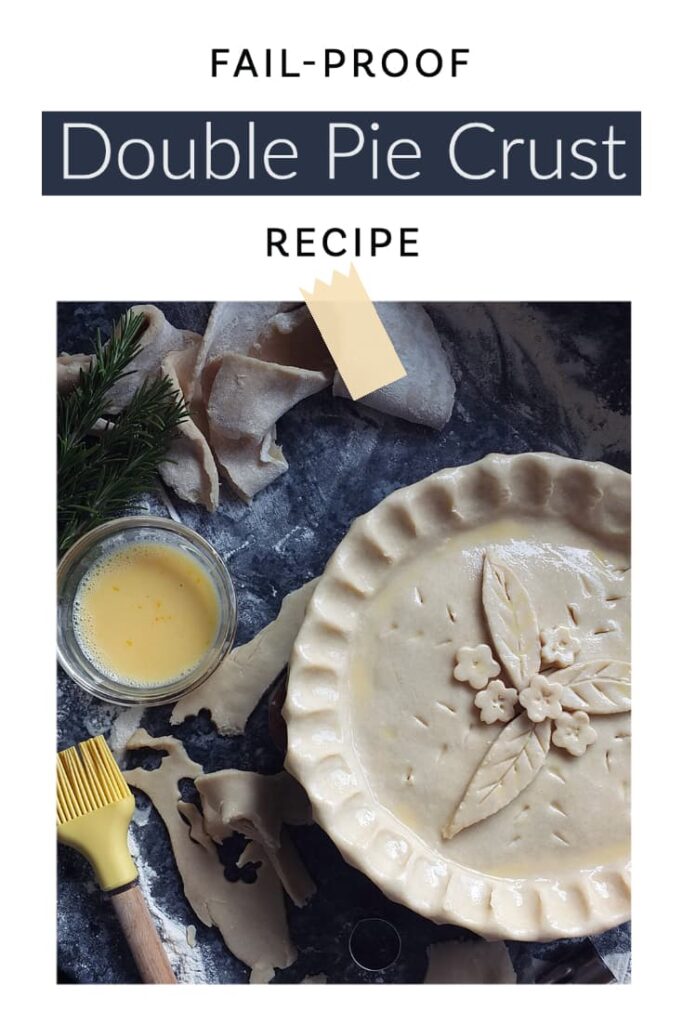
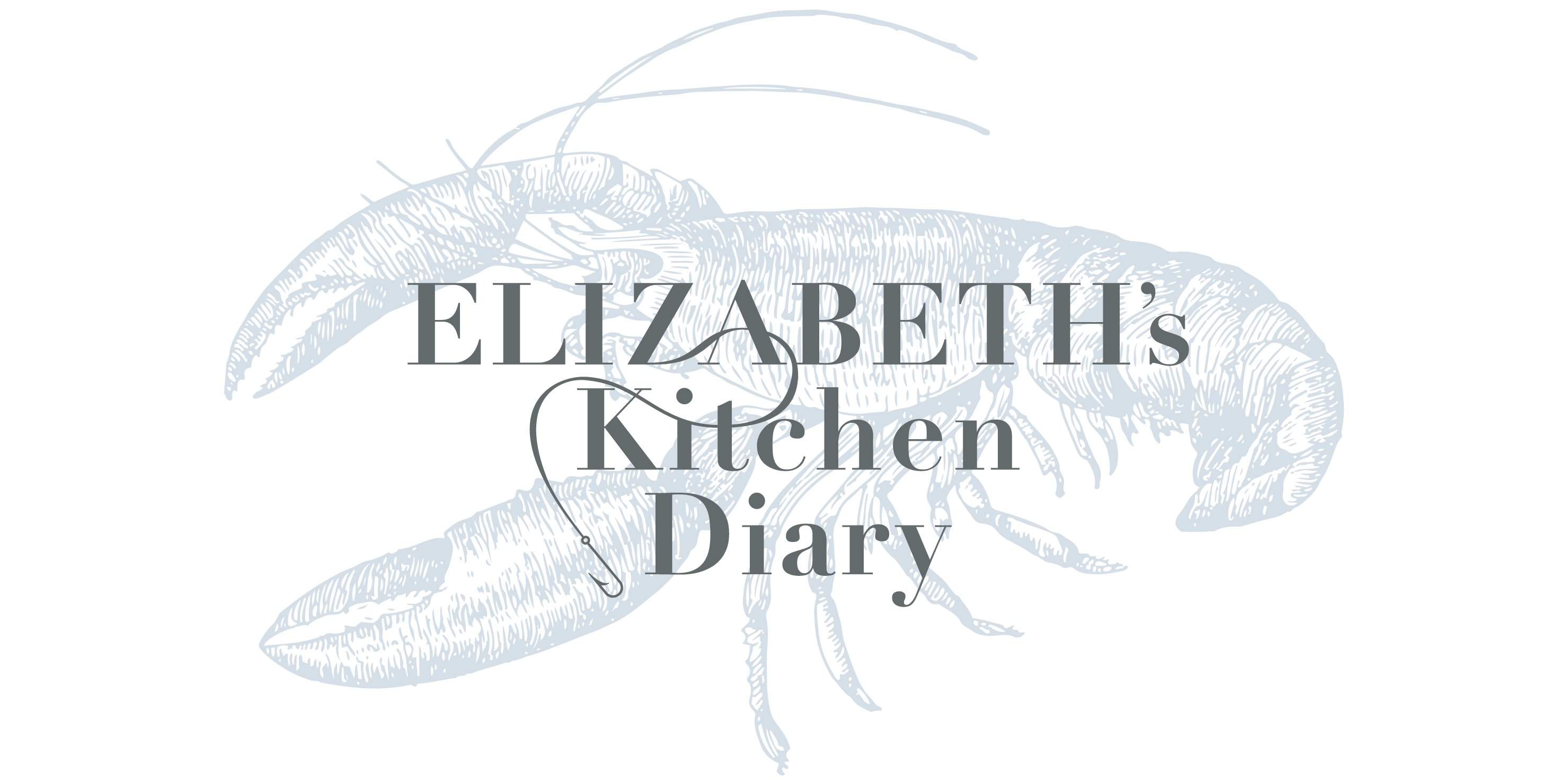

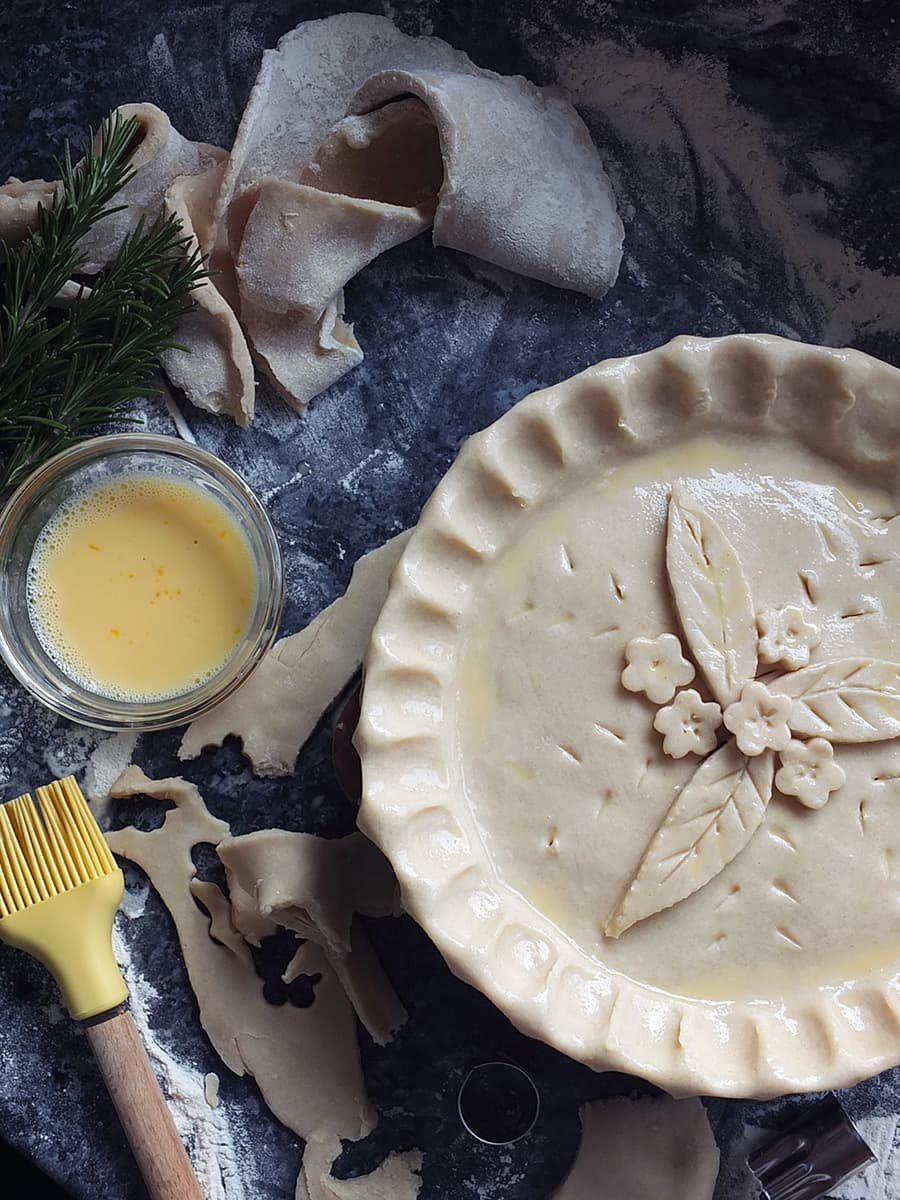

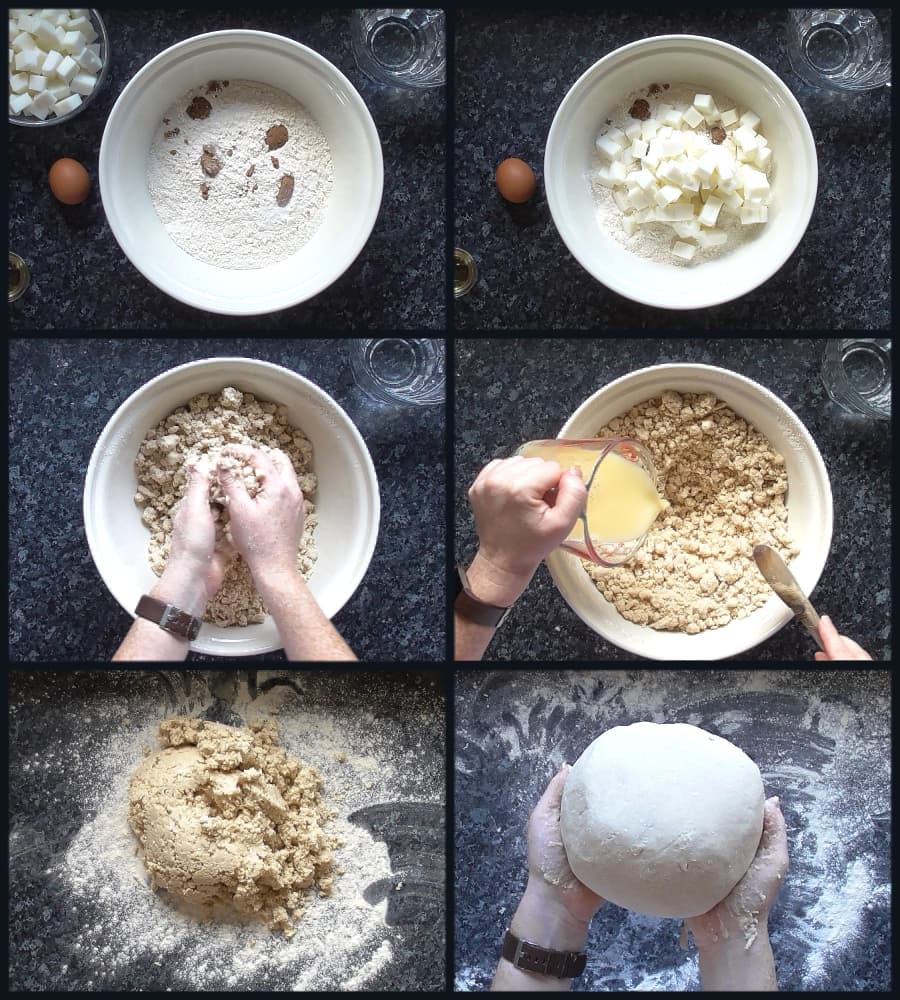
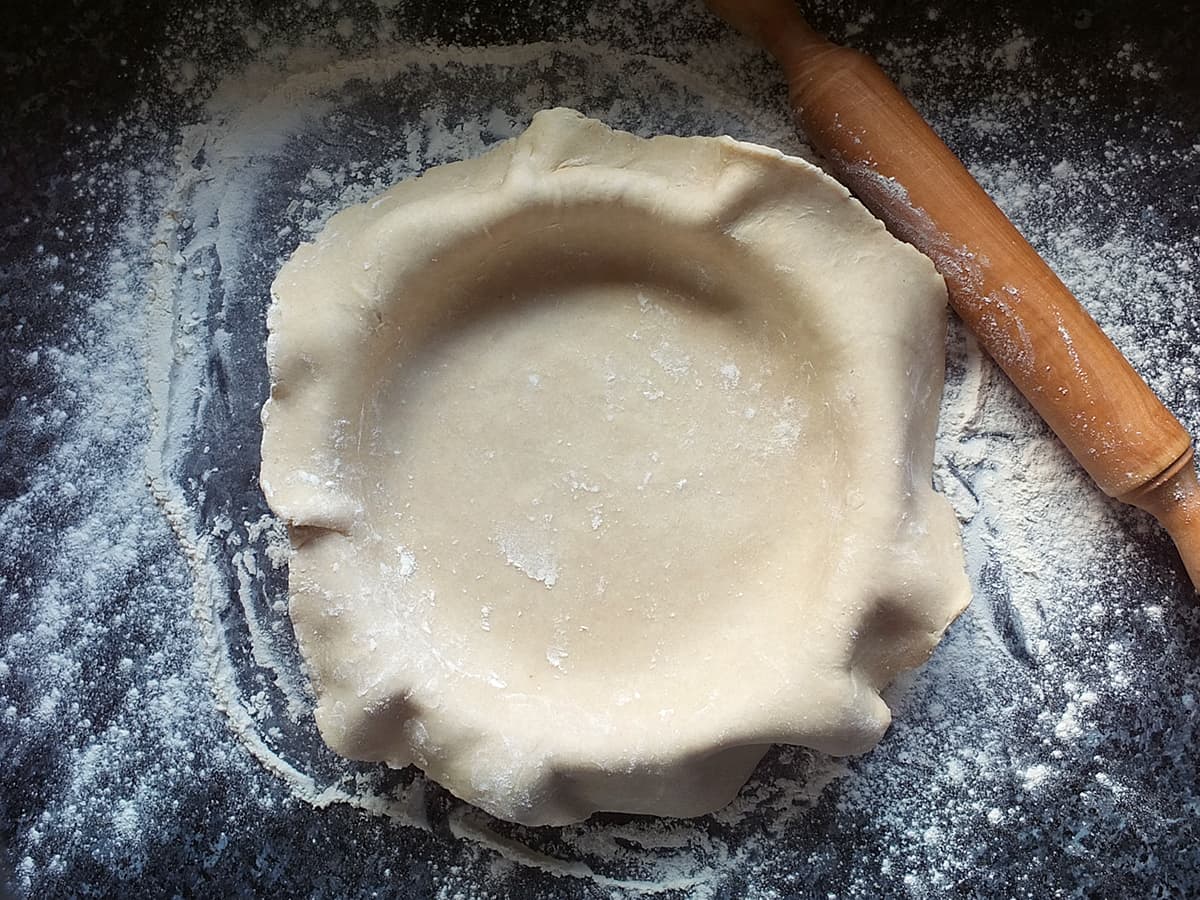
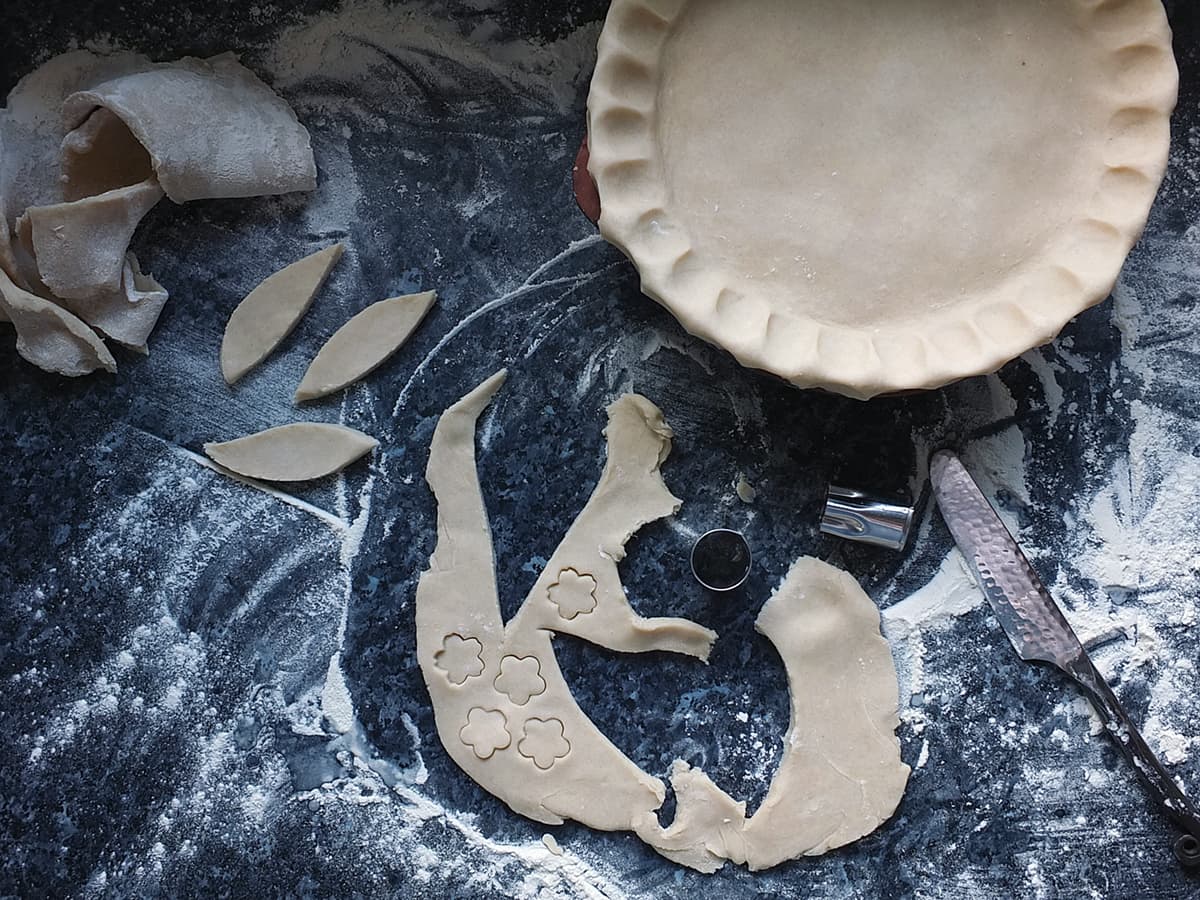
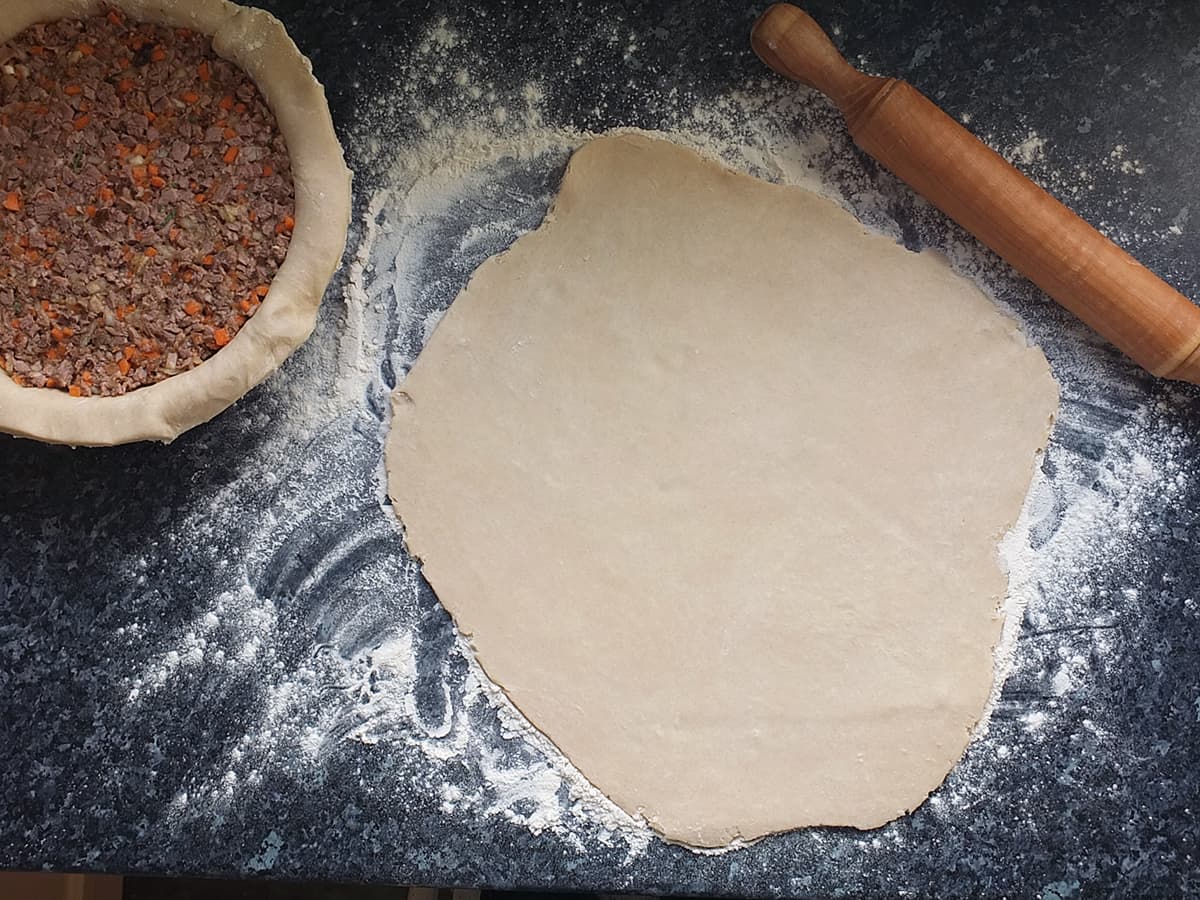
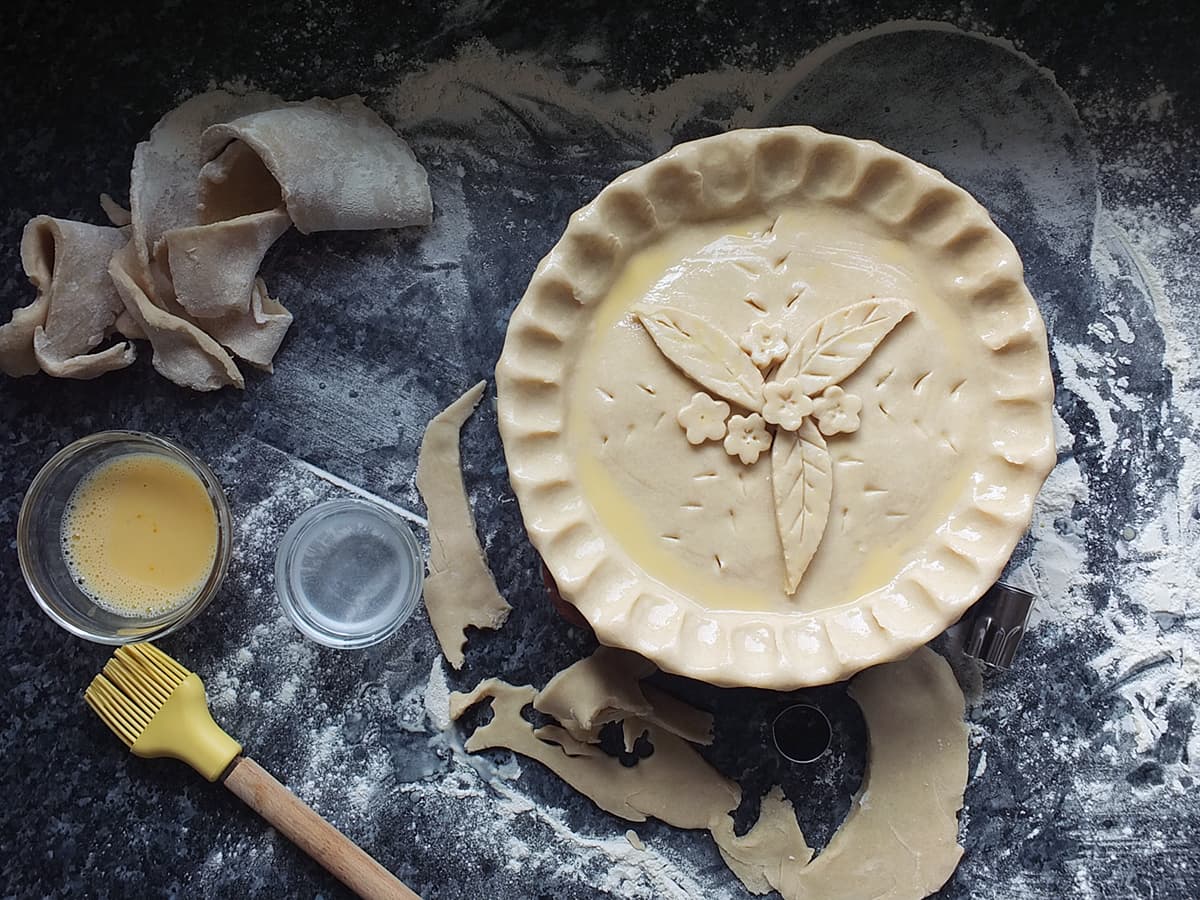
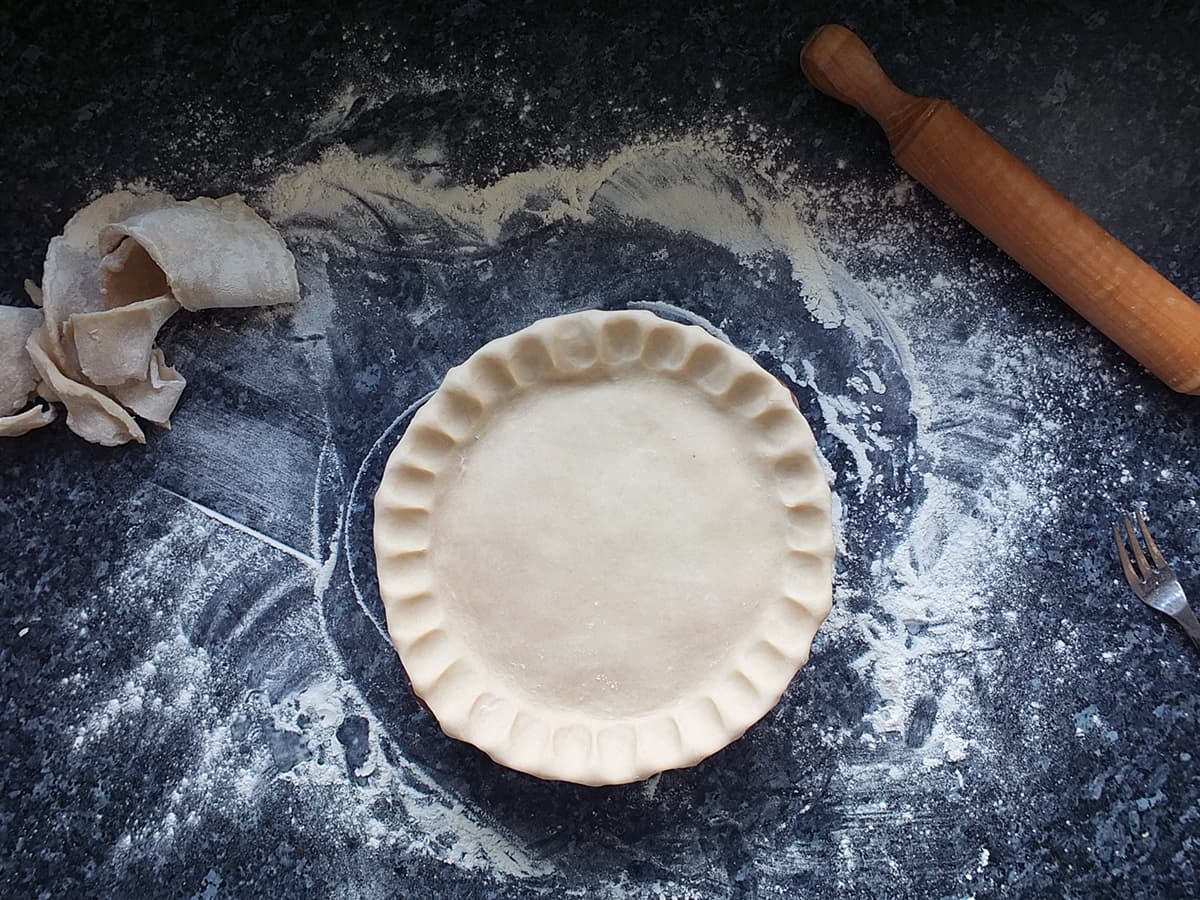
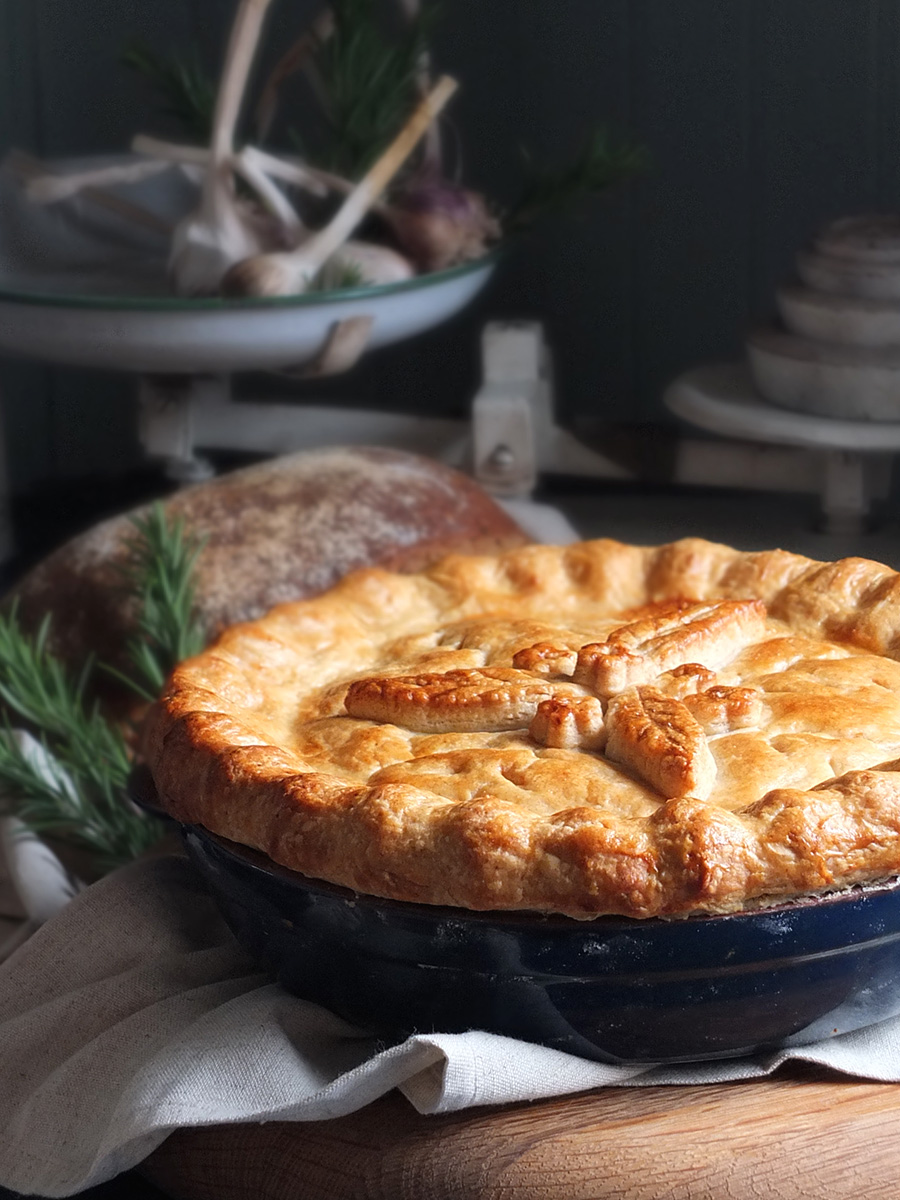
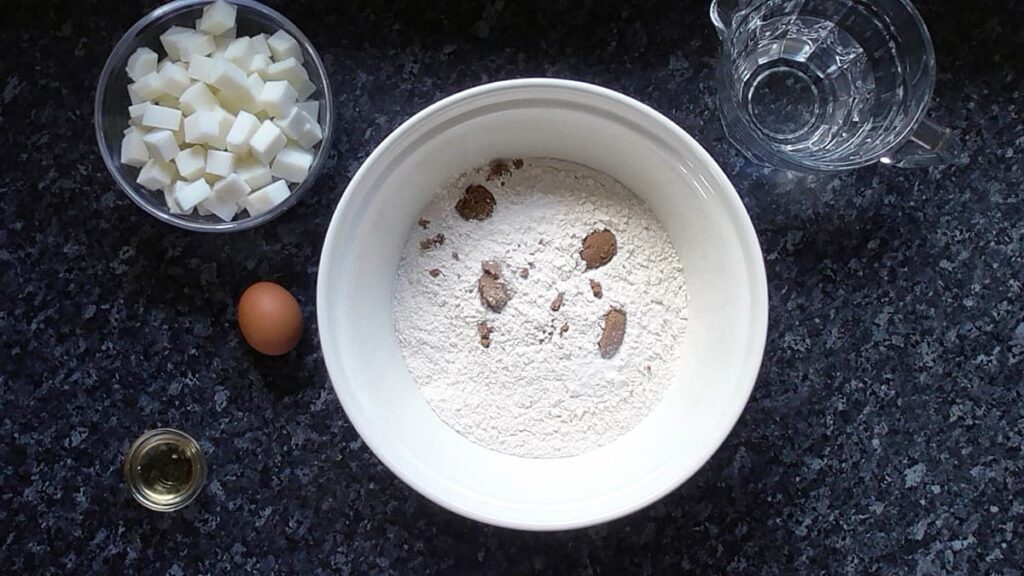
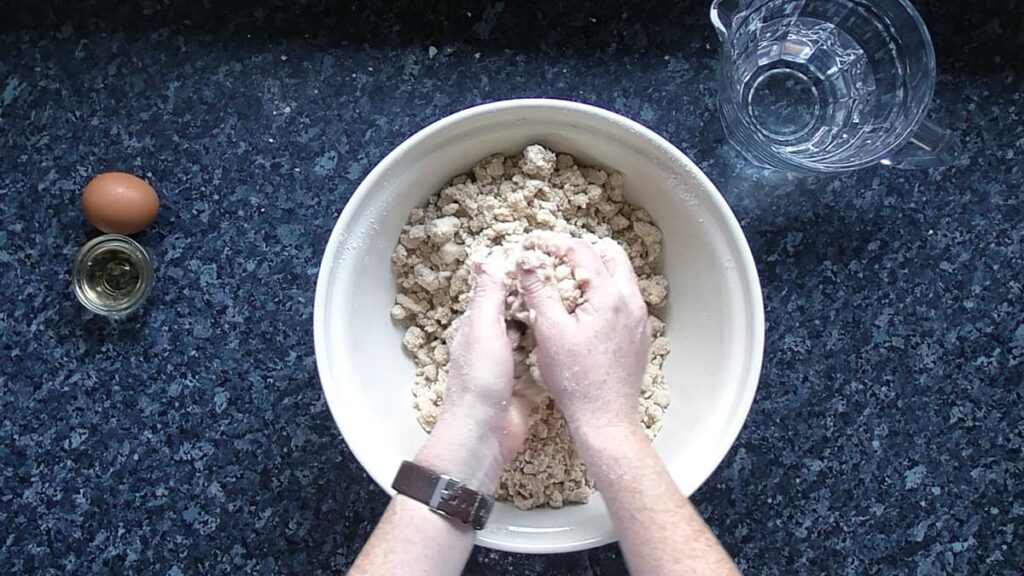
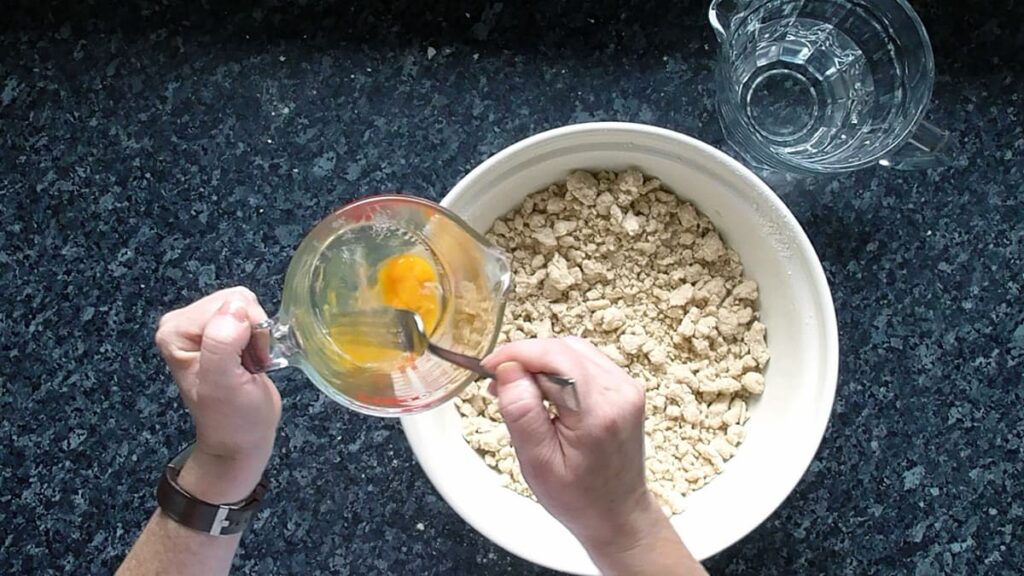
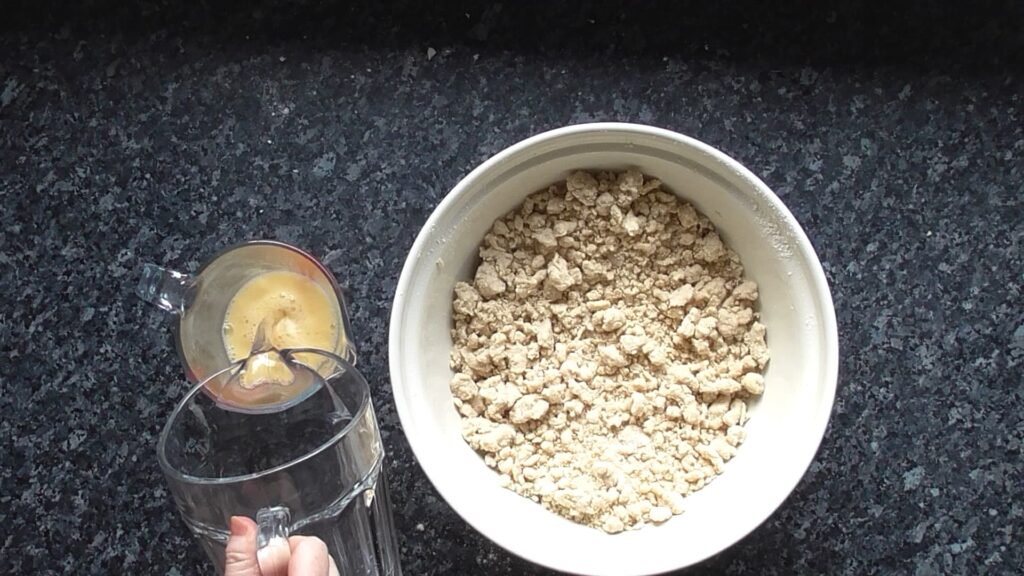
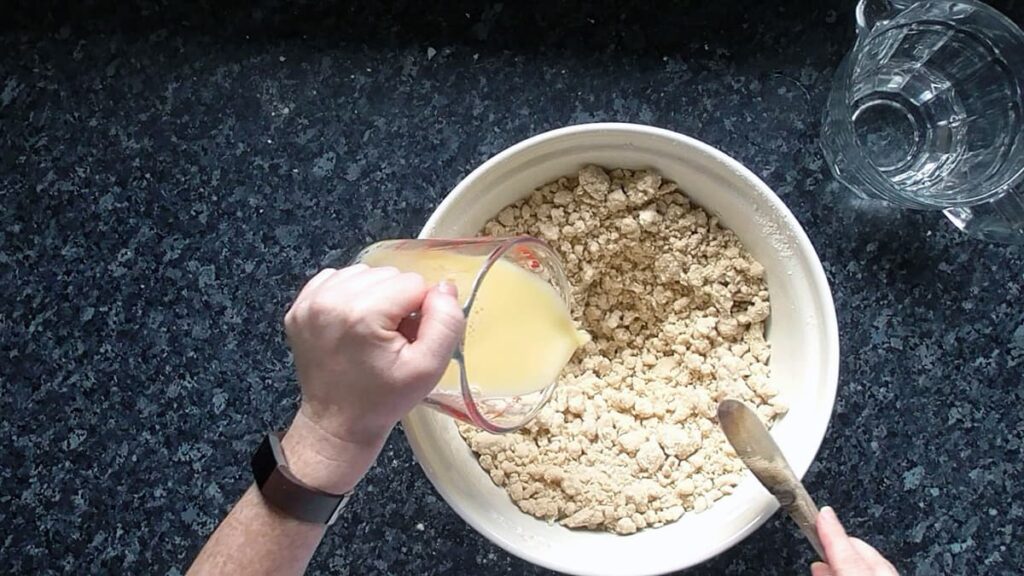
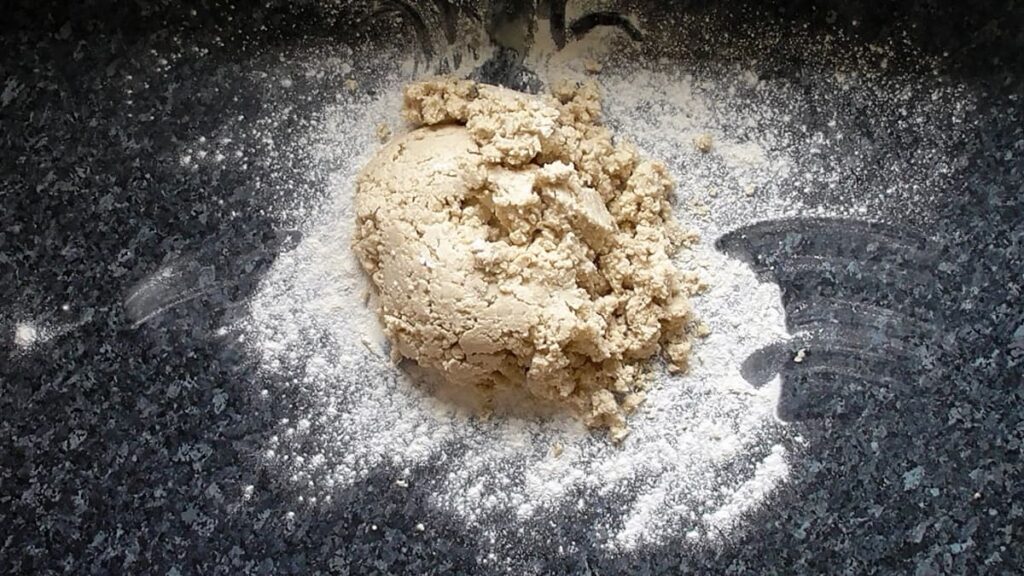
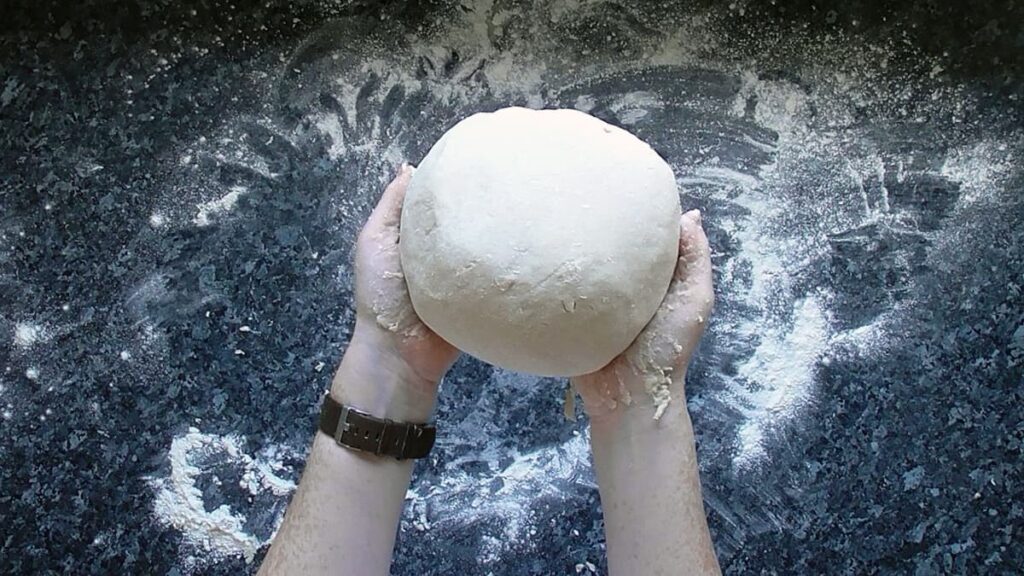
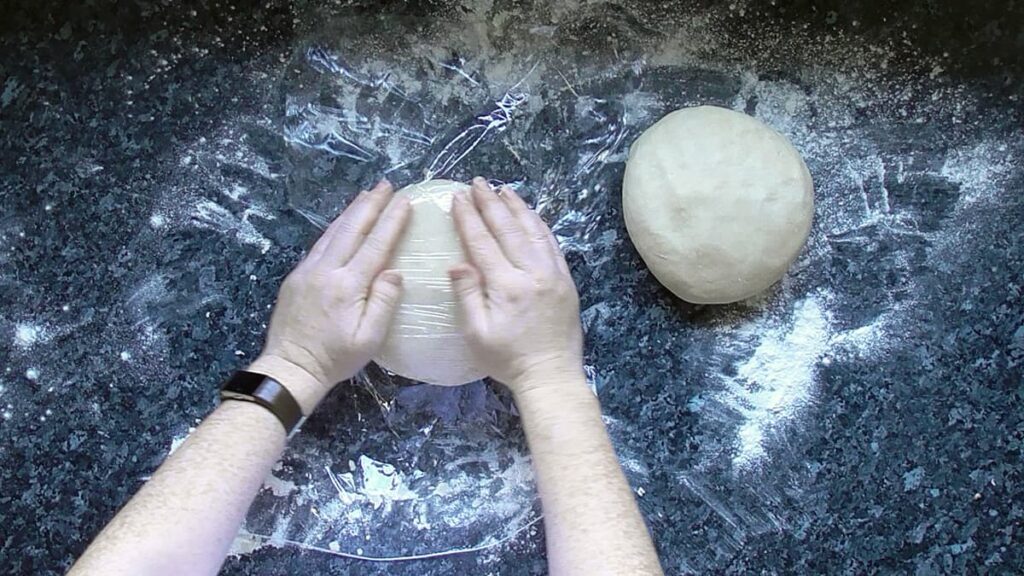
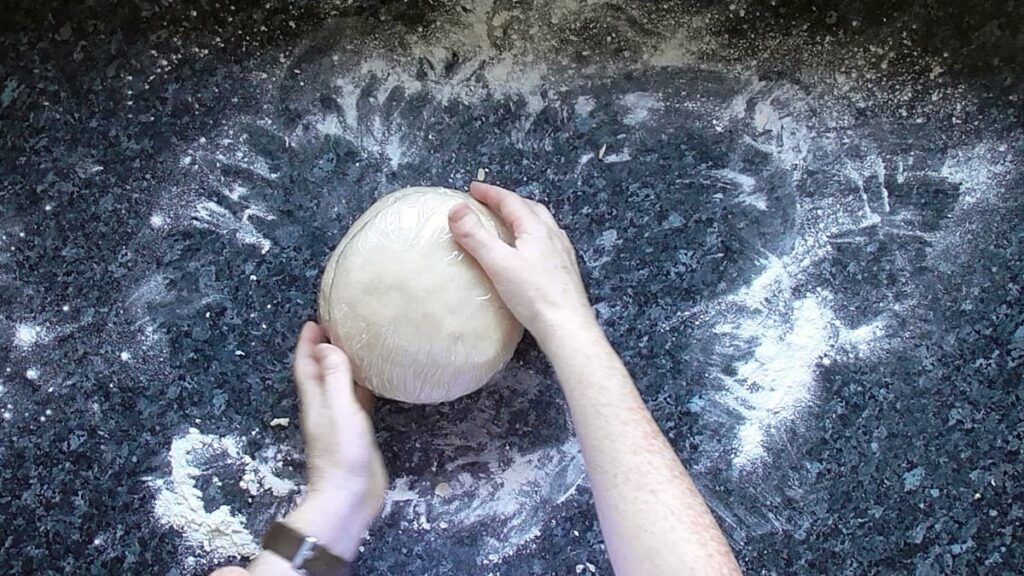
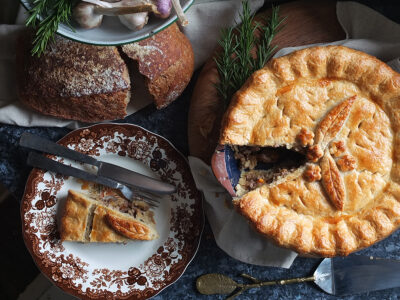
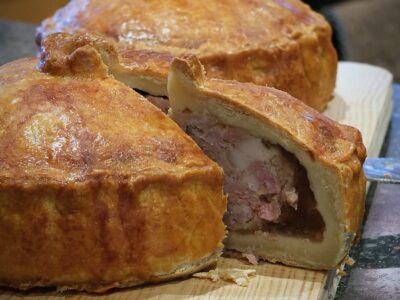
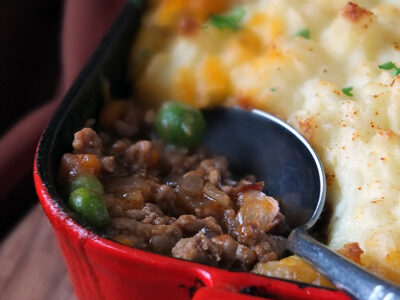
 Draatsi – Surviving Lockdown with Shetland Otters
Draatsi – Surviving Lockdown with Shetland Otters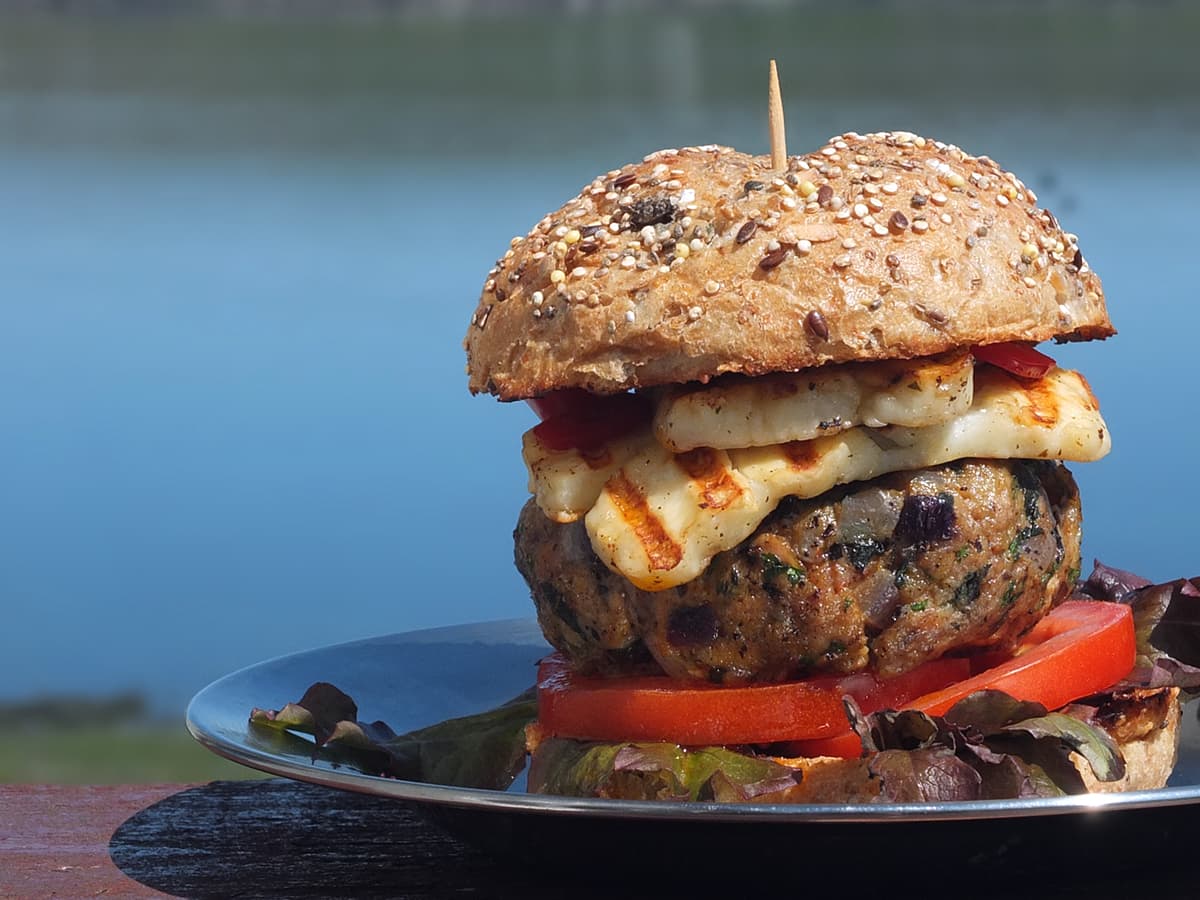
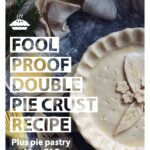

What memories this triggers! My grandmother’s recipe was almost identical- and I’ve never seen it in print! Nor do I know where it came from, The only difference in her recipe was that she did not add sugar.
It’s a great recipe, and I still use it- today- although not as often as she did. She used it every day- , making her pie every morning, so it was nice and warm when Grandpa came in for lunch–He took his pie very seriously- always having dessert first. Any leftovers were delivered to the neighbors– GMA & GPA were very popular!
Thanks for sharing your Grandmothers recipe, it seems to be fool proof 🙂
Nic
Great tips for making the perfect pie crust. How lucky you are to have your grandmother’s recipe, and how lucky we are that you have shared it with us! Can’t wait to make a pie.
Love a pie crust that uses lard instead of butter. Bakes beautifully.
So flaky and delicious! This is the best pie crust I’ve had and your instructions were easy to follow. Thanks for the great recipe! I’ll definitely make again!
I have been meaning to learn how to make my own pie crust and this sounds like the perfect recipe to start. Great instructions!
Such a fantastic recipe – thanks so much for the step by step breakdown – I struggle with pie crusts but not anymore.